Shiba Inu
Shiba Inu
America’s Agile and Independent Fox-Like Companion
1. Introduction to the Breed
The Shiba Inu, securing the #32 spot in the 2024 American Kennel Club (AKC) rankings, is an agile and independent breed admired for its fox-like appearance and spirited personality. Known for their compact size and cat-like agility, Shiba Inus are a favorite among active owners seeking a low-maintenance, alert companion. Their striking looks and self-reliant nature make them ideal for urban or suburban homes, where their intelligence and charm bring a unique flair to households.
2. History of the Breed
Originating in Japan over 2,000 years ago, Shiba Inus were bred as hunting dogs for small game in mountainous regions, valued for their speed and agility. One of Japan’s native breeds, they nearly faced extinction after World War II but were preserved through dedicated breeding. Recognized by the AKC in 1992, Shiba Inus gained U.S. popularity for their distinctive appearance and versatility, appearing in dog shows, agility competitions, and as internet sensations due to their expressive faces and “Doge” meme fame.
3. Physical Characteristics
- Typical Size and Weight: Shiba Inus are small-to-medium, standing 13.5–16.5 inches tall at the shoulder. Males weigh 20–25 pounds, while females range from 17–20 pounds, with a compact, muscular build.
- Coat and Color: Their double-layered coat is short and dense, with a stiff outer coat and soft undercoat, in colors like red, black-and-tan, or sesame, often with white markings. The coat sheds heavily, especially seasonally.
- Distinctive Features: Shiba Inus have a fox-like face, small, triangular ears, and curled tail. Their agile frame and expressive, almond-shaped eyes give them a keen, alert appearance.
4. Personality Traits
Shiba Inus are intelligent, independent, and alert, with a cat-like personality that makes them both charming and challenging. They form strong bonds with their owners but may be aloof with strangers or other pets, requiring socialization to ensure friendliness. Their high prey drive leads to chasing, and their vocalizations, including the famous “Shiba scream,” express excitement or frustration. Shiba Inus suit experienced owners who can provide structure and mental stimulation to channel their spirited, self-reliant nature.
5. Care Requirements
- Exercise Needs: Shiba Inus need 60–90 minutes of daily exercise, such as brisk walks, agility games, or off-leash running in secure areas. Mental stimulation through puzzle toys or training keeps their sharp minds engaged.
- Grooming Needs: Their coat requires brushing 2–3 times per week, with daily brushing during heavy shedding seasons. Regular ear cleaning, nail trimming, and dental care prevent infections and maintain health.
- Dietary Considerations: A balanced diet with high-quality proteins supports their energy and coat health. Portion control prevents obesity, and foods with omega fatty acids reduce skin sensitivities. Fresh water is essential post-exercise.
6. Health and Lifespan
Shiba Inus have an average lifespan of 13–16 years. Common health issues include hip dysplasia, patellar luxation, allergies, and glaucoma. Regular vet checkups, eye screenings, and a healthy lifestyle mitigate risks. Owners should monitor for skin irritation, limping, or eye cloudiness and ensure a balanced diet to support overall health. Genetic testing from breeders reduces hereditary concerns, particularly for eye and joint issues.
7. Training and Socialization
Shiba Inus are highly intelligent but stubborn and independent, requiring patient, positive reinforcement training with treats or play. Short, engaging sessions keep their attention, as their aloof nature can lead to disinterest. Early socialization is crucial to reduce wariness with strangers, children, or other animals and manage their prey drive. Teaching commands like “recall” and “quiet” helps control chasing or vocalizations. Agility or obedience training channels their energy effectively.
8. Ideal Home Environment
Shiba Inus thrive in homes with secure yards, ideal for urban or suburban settings where they can exercise safely. They suit active, experienced owners who enjoy training or outdoor activities. Apartments can work if exercise needs are met, but their vocal nature requires management in close quarters. Owners should provide a stimulating, secure environment to prevent escapes driven by their prey instincts and ensure a calm setting for their independent demeanor.
9. What’s the Best Toy for My Shiba Inu?
Shiba Inus enjoy toys that suit their agile, intelligent nature and high prey drive. Interactive puzzle toys with treat compartments engage their sharp minds, providing 15–20 minutes of indoor mental stimulation. Durable chew toys made of tough rubber satisfy their moderate chewing instincts, ideal for 15–20 minute sessions, especially with treats for added challenge. Small, sturdy balls for fetching tap into their chasing instincts, perfect for 20–30 minute outdoor sessions. Rope toys for tugging encourage interactive play, suitable for 15–20 minute sessions with owners. Avoid flimsy toys, as Shiba Inus can destroy them, risking choking. Rotate toys regularly and pair with agility or scent games for engagement.
10. Adoption and Breeder Tips
Choose breeders affiliated with the National Shiba Club of America, ensuring health clearances for hips, knees, eyes, and allergies. Visit the breeder to assess puppy health, meet parents for temperament insights, and confirm ethical practices, including socialization and clean facilities. Rescues like Shiba Inu-specific organizations offer adoptable dogs, often with known histories. Avoid puppy mills, as Shiba Inus are prone to health issues if poorly bred. Ask about genetic testing, socialization, and the breeder’s experience with companion or agility lines to ensure a healthy, well-adjusted dog.
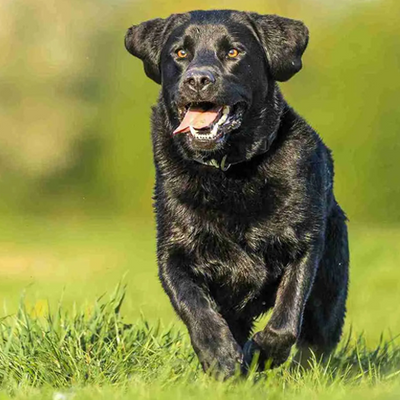
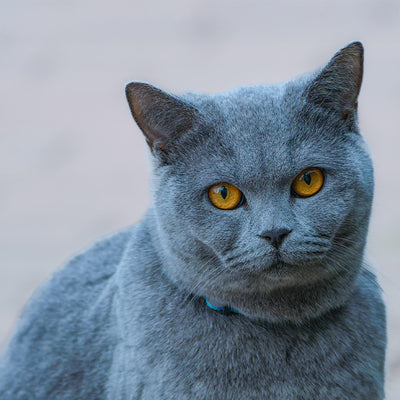
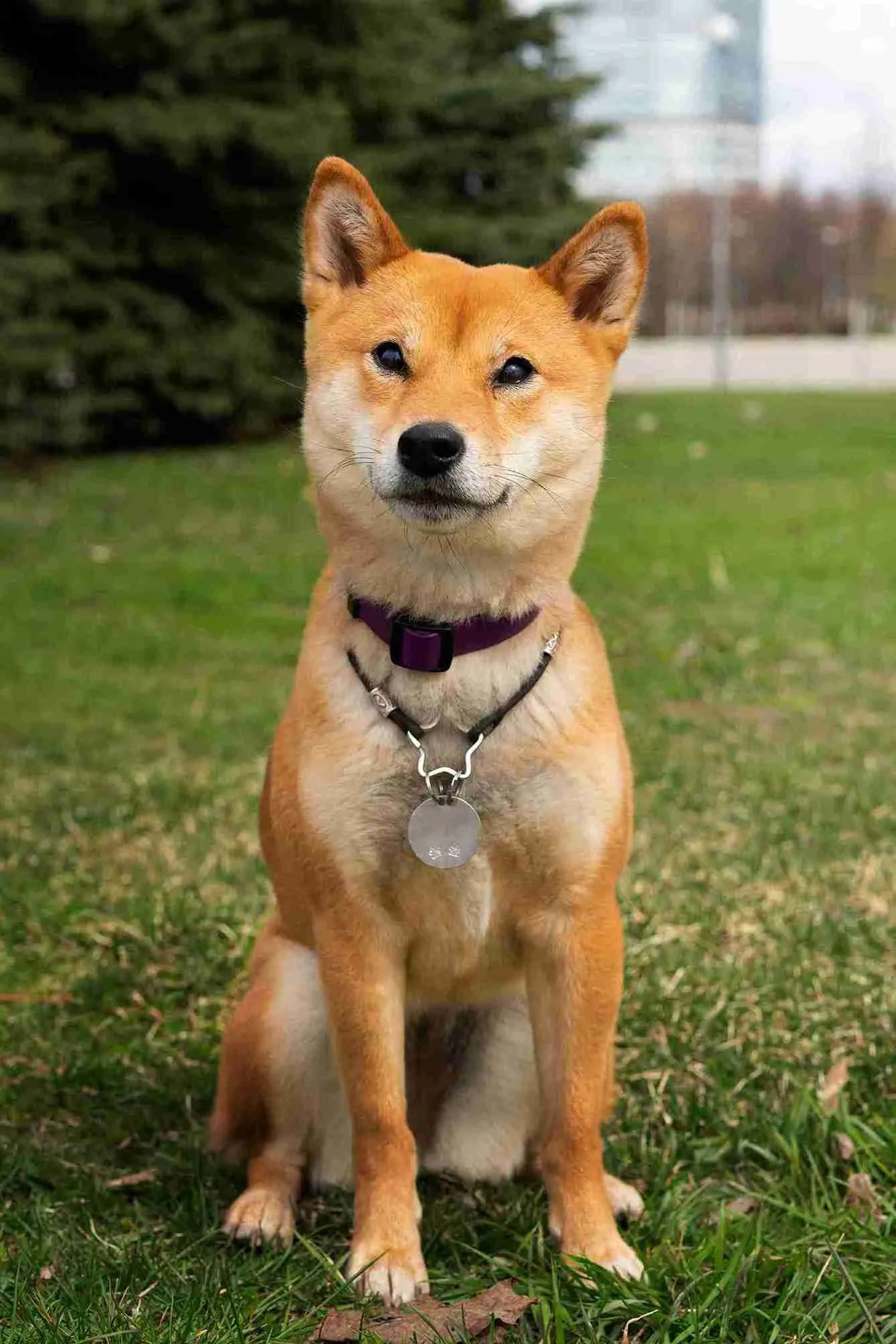
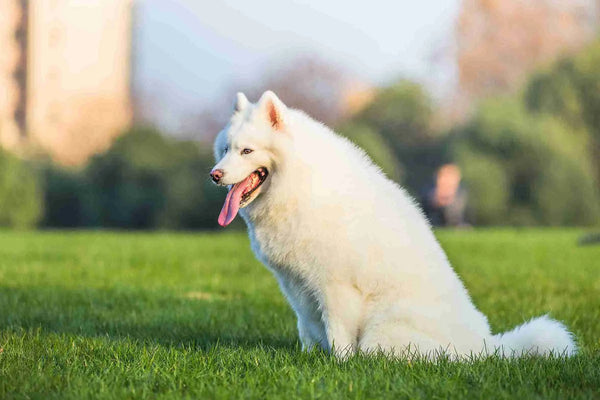
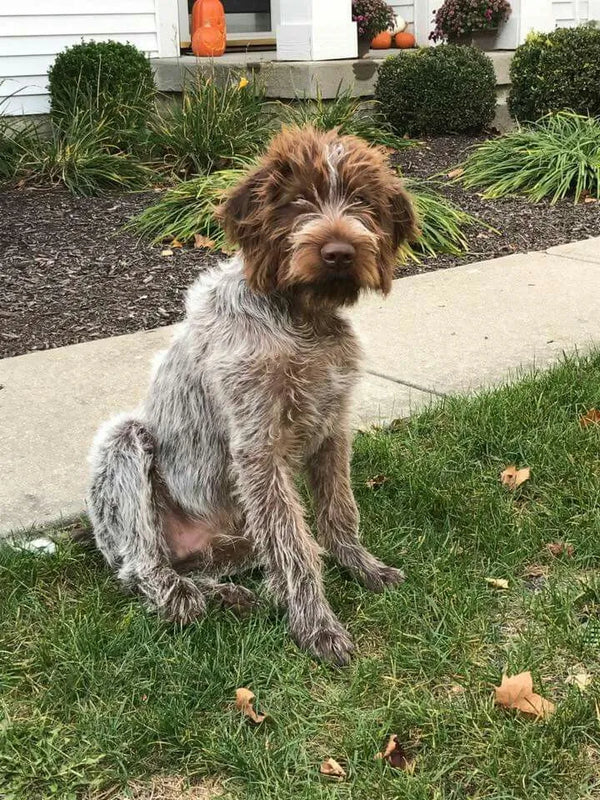
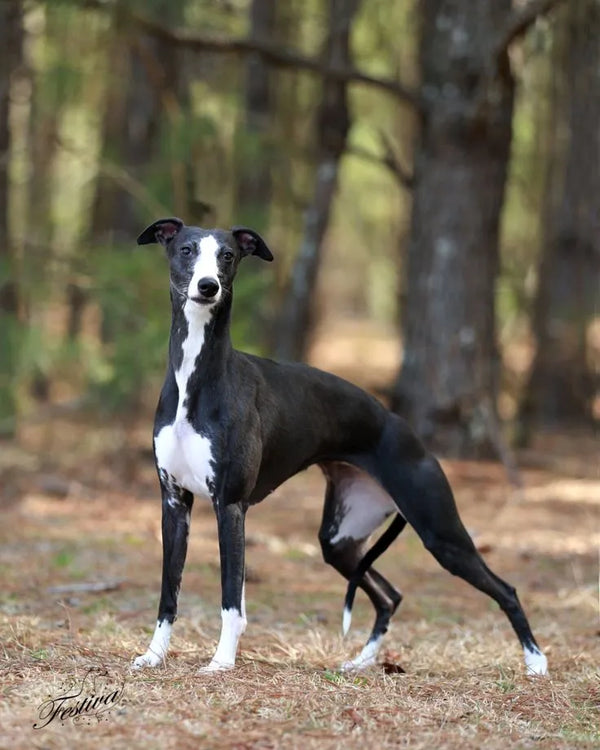
0 comments